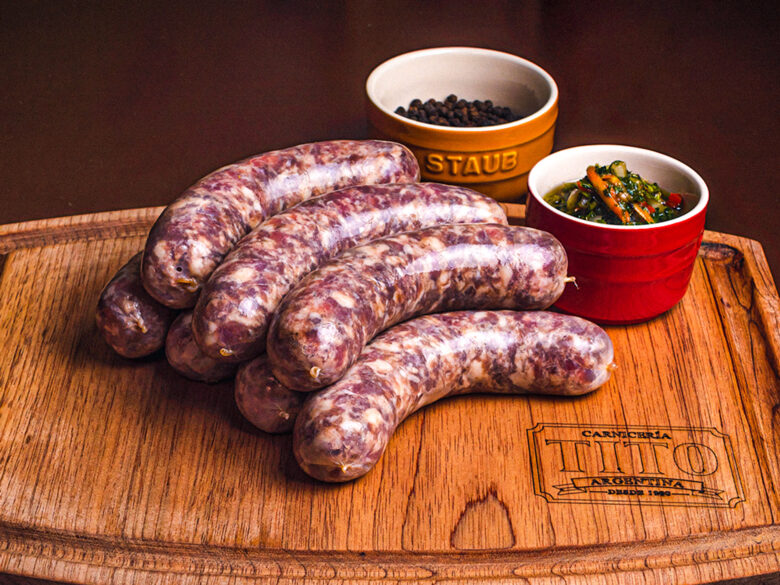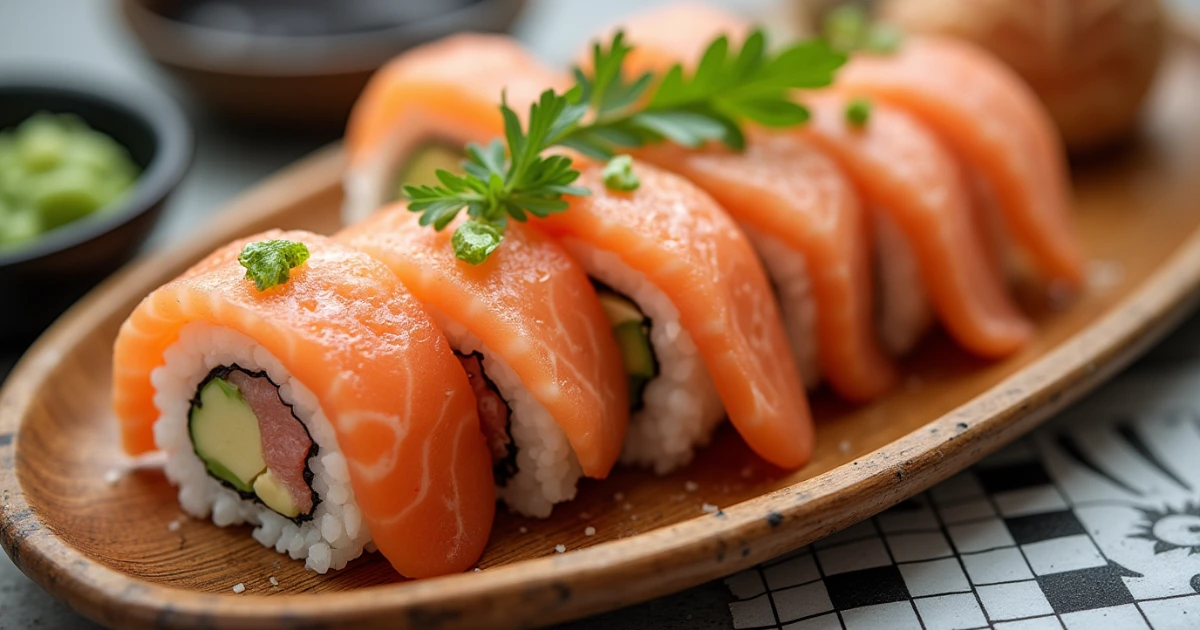Introduction to Well Health Organic
Welcome to Well Health Organic, where beauty meets nature in the most delightful way. In a world filled with synthetic ingredients and harsh chemicals, it’s time to return to our roots—literally! Embracing organic beauty products is not just a trend; it’s a lifestyle choice that nourishes both your skin and the planet. With countless options available today, knowing how to choose wisely can be overwhelming. But fear not! We’re here to guide you through everything you need to know about achieving radiant health and beauty using natural ingredients.
Let’s dive into the benefits of going organic and explore expert tips designed for glowing skin, luscious hair, and an overall sense of well-being. Get ready to transform your routine sustainably while feeling fabulous every step of the way!
Benefits of Using Organic Beauty Products
Organic beauty products offer a refreshing alternative to conventional items packed with synthetic chemicals. By choosing organic, you embrace ingredients derived from nature, which often means fewer irritants for your skin.
These products tend to be gentler and more nourishing. Ingredients like plant extracts and essential oils provide beneficial properties without the harmful additives often found in mainstream cosmetics.
Additionally, organic beauty brands emphasize sustainability. Their commitment to eco-friendly practices not only benefits your skin but also supports our planet.
Many users find that organic options can improve overall skin health by reducing breakouts and allergic reactions. With their rich formulations, they promote hydration and radiance naturally.
Moreover, using these products can enhance your well-being as they align with a healthier lifestyle choice. You’re not just caring for yourself; you’re making an impact on the environment too.
The Top 5 Beauty Tips from Well Health Organic Experts
When it comes to beauty, Well Health Organic experts have shared their top five tips to enhance your natural radiance.
First, start with hydration. Drinking sufficient water daily can dramatically improve your skin’s appearance and overall health.
Next, embrace the power of organic oils. Using argan or jojoba oil not only nourishes but also maintains moisture in the skin and hair.
Third on the list is exfoliation. A gentle scrub once a week helps remove dead cells, revealing fresh skin underneath without harsh chemicals.
Fourth, prioritize sun protection. Natural sunscreens offer essential defense against damaging UV rays while keeping your complexion safe.
Remember that less is more when it comes to makeup. Opt for minimal products that allow your natural beauty to shine through—think tinted moisturizers instead of heavy foundations.
How to Incorporate Organic Beauty Products into Your Routine
Integrating organic beauty products into your daily routine can be effortless and rewarding. Start by replacing one conventional product at a time. This approach allows you to observe how each change affects your skin and hair.
Consider starting with skincare. An organic cleanser is a fantastic first step; it gently removes impurities without harsh chemicals. Pair it with an organic moisturizer suited for your skin type.
Next, explore makeup options that prioritize natural ingredients. Look for foundations or tinted moisturizers that offer coverage while nourishing the skin beneath.
Don’t forget about haircare! Switching to an organic shampoo and conditioner can lead to healthier, shinier locks over time.
Keep an eye out for multi-use products like lip balms that double as highlighters. They simplify your routine while ensuring you’re still embracing the benefits of organic ingredients in every aspect of beauty care.
Common Misconceptions About Organic Beauty
Many people believe that organic beauty products are less effective than their conventional counterparts. This misconception often stems from a lack of understanding about the powerful ingredients found in nature.
Another common myth is that organic products are only for those with sensitive skin. While they are indeed gentle, their benefits extend to all skin types. They nourish and enhance rather than irritate.
Cost is another concern; some think organic means unaffordable. However, investing in quality can save you money over time by reducing the need for additional treatments.
Some assume that because something is labeled “organic,” it’s automatically good for your skin. Just like any product, it’s essential to read labels and understand what you’re using.
There’s a belief that organic beauty lacks variety or innovation. In reality, the market has expanded significantly, offering a wide range of options to suit every preference.
Customer Reviews and Success Stories
At Well Health Organic, customer feedback is more than just words; it’s a testament to our commitment to quality. Many users rave about the transformative effects of our organic skincare line. From reducing blemishes to enhancing radiance, the results speak volumes.
One customer shared how switching to our natural moisturizers helped alleviate her sensitive skin issues. She noted significant improvements within weeks and loved that she could trust every ingredient in the product.
Another loyal fan highlighted our hair care products for restoring shine and vitality after years of chemical treatments. Her journey from dull locks to vibrant tresses has inspired many others looking for safer alternatives.
Success stories like these create a community of health-conscious individuals who prioritize their well-being without sacrificing beauty. Each review inspires potential customers, making them feel confident in their choice towards organic beauty solutions.
Conclusion: Embracing Natural and Sustainable Beauty with Well Health Organic
Embracing natural beauty is more than a trend; it’s a lifestyle choice. Choosing Well Health Organic means prioritizing your health and the environment simultaneously.
Organic products are crafted without harmful chemicals, promoting not just skin vitality but overall well-being. When you select items that are free from synthetic ingredients, you support sustainable practices and ethical sourcing.
Your beauty routine can reflect your values. By opting for organic options, you’re making conscious decisions that resonate with a commitment to quality and care for our planet.
As you explore these products, remember that true beauty radiates from within. It’s about feeling good in your own skin while championing nature’s bounty.
With every application of an organic product, you’re nurturing yourself and contributing to something larger—a movement towards healthier living and sustainable choices across the globe.
Introduction to Well Health Organic
Welcome to Well Health Organic, where beauty meets nature. We believe in harnessing the power of organic ingredients to enhance your natural glow.
Our mission is simple: provide high-quality, eco-friendly beauty products that promote health and wellness. Each item in our collection is carefully crafted with love for both you and the planet.
From skincare essentials to vibrant makeup options, we prioritize purity over synthetic additives. Our formulations are designed not just to beautify but also nourish your skin from within.
At Well Health Organic, transparency is key. Every product label tells a story—of ethical sourcing and sustainable practices. Join us on this journey towards embracing a healthier, more radiant version of yourself while caring for our environment.
The Importance of Using Organic Beauty Products
The beauty industry is evolving, and organic products are leading the way. Choosing organic means you’re opting for ingredients sourced from nature, free of harsh chemicals and toxins. This choice promotes healthier skin and a cleaner environment.
Our skin absorbs what we put on it. With organic beauty products, you’re minimizing exposure to synthetic additives that can cause irritation or allergies. It’s about treating your skin as gently as possible.
Moreover, many conventional brands prioritize profit over safety. Organic brands often focus on sustainability and ethical sourcing practices, making them better for the planet too.
Using organic doesn’t just benefit you; it’s a step toward supporting eco-friendly farming practices that protect biodiversity. When you select these products, you’re engaging in a broader movement towards holistic wellness and environmental stewardship.
Benefits of Choosing Well Health Organic Products
Choosing Well Health Organic products means embracing a healthier lifestyle. These products are crafted from natural ingredients, free from harmful chemicals and synthetic additives. This ensures that your skin absorbs only the best.
Organic beauty items often have higher nutrient levels. They promote healing, hydration, and rejuvenation in ways conventional options cannot match. Your skin deserves ingredients it recognizes—like essential oils and plant extracts.
Moreover, supporting organic brands contributes to sustainable practices. By opting for these products, you’re encouraging responsible sourcing and eco-friendly production methods.
Using Well Health Organic also aligns with cruelty-free principles. Many of their offerings are not tested on animals, making them suitable for ethically-conscious consumers.
When you choose organic beauty solutions, you’re investing in long-term health rather than temporary fixes. It’s about nurturing yourself while respecting the planet too.
Skincare Tips for Healthy and Glowing Skin
Healthy, glowing skin begins with hydration. Drinking ample water throughout the day keeps your skin plump and radiant. It’s a simple yet effective habit.
Next, consider the power of organic ingredients. Look for products rich in antioxidants like vitamin C and E. These nutrients help combat free radicals, giving your complexion that coveted glow.
Exfoliation plays a vital role too. Gently removing dead skin cells enhances texture and brightness. Aim to exfoliate once or twice weekly using natural scrubs for optimal results.
Don’t skip sunscreen! Protecting your skin from UV damage is essential year-round. Choose an organic formula that suits your skin type for daily use.
Prioritize sleep and stress management. Quality rest rejuvenates not just you but also your complexion. Incorporate mindfulness practices or light yoga into your routine to maintain balance both inside and out.
Hair Care Tips for Strong and Shiny Hair
For strong, shiny hair, hydration is key. Start with a nourishing shampoo that’s sulfate-free to maintain your hair’s natural oils.
Conditioning comes next. Opt for deep conditioners rich in organic ingredients like argan oil or shea butter. These help repair damage and boost shine.
Consider limiting heat styling tools. Excessive heat can lead to dryness and breakage. Embrace air drying when possible, or use a heat protectant if you must style.
Don’t forget about regular trims! Snipping away split ends every six to eight weeks promotes healthier growth and enhances overall appearance.
Incorporate a balanced diet into your routine. Foods rich in vitamins A, C, D, E, and omega-3 fatty acids nourish from within. Stay hydrated too; water plays an essential role in maintaining vibrant locks.
Makeup Tips for a Natural and Radiant Look
Achieving a natural and radiant makeup look starts with the right base. Opt for a lightweight foundation or tinted moisturizer that allows your skin to breathe while providing just enough coverage.
Next, choose cream blush over powder. It blends seamlessly into the skin, giving you that healthy flush without looking overly made up. Apply it on the apples of your cheeks and blend upwards for a more youthful appearance.
For eyes, stick to neutral tones. Soft browns or taupes can enhance your features without overpowering them. A swipe of mascara will open up your eyes beautifully—just one coat is often enough.
Finish off with a hydrating lip tint instead of heavy lipstick. This not only adds color but also keeps lips looking fresh and full throughout the day.
Remember, less is more when it comes to achieving that effortless glow!
Other Ways to Incorporate Wellness into Your Beauty Routine
Wellness extends beyond just the products we apply to our skin. It’s about nurturing your whole self. Start by focusing on hydration. Drinking plenty of water can significantly impact your skin’s appearance and overall health.
Incorporating mindfulness practices, like meditation or yoga, can help reduce stress levels, which often reflect on our faces. A calm mind contributes to a radiant glow.
Nutrition is another vital aspect. Embrace a balanced diet rich in fruits and vegetables, as they supply essential vitamins that enhance beauty from within.
Don’t forget the power of sleep! Adequate rest rejuvenates your body and skin, ensuring you wake up fresh each day.
Consider natural supplements or herbal teas that promote vitality and wellness. Small shifts in daily habits can lead to significant changes in how you feel—and look—every day.
Conclusion: Invest in Your Health with Well Health Organic
Embracing natural beauty means making informed choices about the products we use on our skin and hair. Well Health Organic stands out as a beacon for those looking to enhance their beauty routine with organic ingredients that nourish rather than harm.
Choosing organic beauty products is not just a trend; it’s an investment in your health and well-being. By opting for formulations free from harmful chemicals, you’re giving your body the care it deserves while promoting sustainable practices.
Incorporating these products into your daily routine can lead to amazing transformations. From skincare that enhances your glow to hair care that strengthens roots, every step counts towards achieving radiant results. The expert-backed tips shared here provide simple yet effective ways to achieve beautiful outcomes naturally.
As you explore this journey, remember that wellness is holistic. Consider integrating other healthy habits alongside your organic beauty regime—hydration, balanced nutrition, and mindfulness can amplify the positive effects of the products you’re using.
Your path towards vibrant health and sustainable beauty starts now with Well Health Organic by your side. Investing in yourself has never been more rewarding or essential for both inner health and outer radiance.

 Blog1 month ago
Blog1 month ago
 Writing2 months ago
Writing2 months ago
 News2 months ago
News2 months ago
 Tech2 months ago
Tech2 months ago
 Tech2 months ago
Tech2 months ago
 Writing2 months ago
Writing2 months ago
 Entertainment2 months ago
Entertainment2 months ago
 Apps2 months ago
Apps2 months ago



